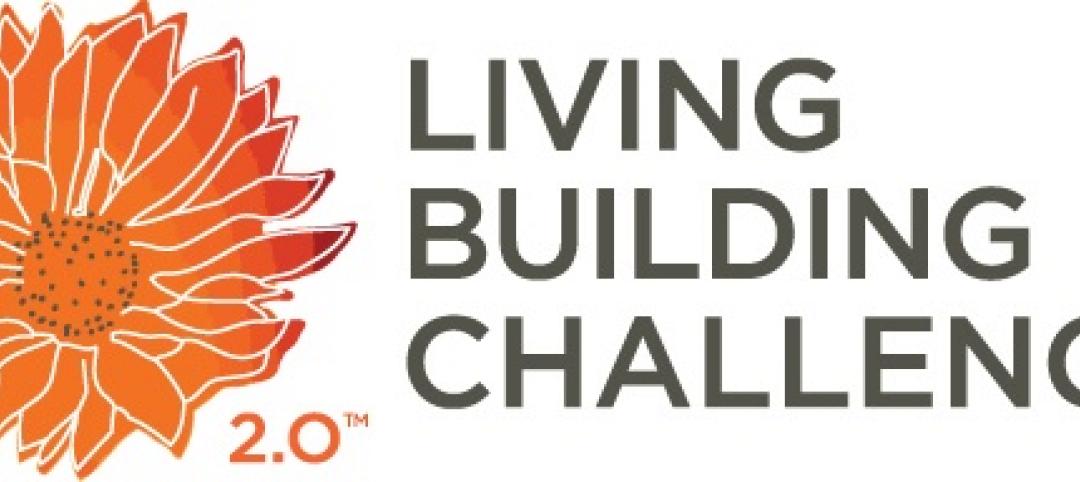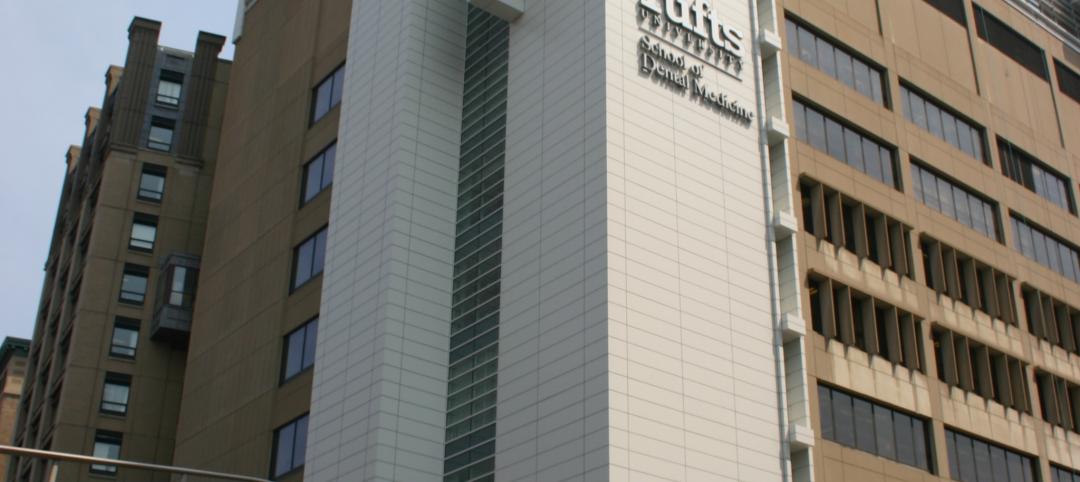Following a nine-month stretch of positive billings, the Architecture Billings Index (ABI) showed no increase in design activity in January.
The American Institute of Architects reported the January ABI score was 49.9, down from a mark of 52.6 in December. This score reflects a very modest decrease in design services (any score above 50 indicates an increase in billings). The new projects inquiry index was 58.7, up from the reading of 51.3the previous month.
As a leading economic indicator of construction activity, the ABI reflects the approximate nine to twelve month lead time between architecture billings and construction spending.
“This easing in demand for design services is a bit of a surprise given the overall strength of the market over the past nine months,” said AIA Chief Economist Kermit Baker, Hon. AIA, PhD. “Likely some of this can be attributed to severe weather conditions in January. We will have a better sense if there is a reason for more serious concern over the next couple of months.”
* Every January the AIA research department updates the seasonal factors used to calculate the ABI, resulting in a revision of recent ABI values.
Key December ABI highlights:
- Regional averages: South (54.8), West (49.3), Midwest (50.8), Northeast (46.0)
- Sector index breakdown: multi-family residential (51.4), institutional (53.0), commercial / industrial (50.9), mixed practice (46.9)
- Project inquiries index: 58.7
- Design contracts index: 51.3
The regional and sector categories are calculated as a 3-month moving average, whereas the national index, design contracts and inquiries are monthly numbers.
About the AIA Architecture Billings Index
The Architecture Billings Index (ABI), produced by the AIA Economics & Market Research Group, is a leading economic indicator that provides an approximately nine to twelve month glimpse into the future of nonresidential construction spending activity. More at: http://www.aia.org/practicing/economics/AIAS076265
Related Stories
| Jun 11, 2012
Genivar and WSP Group join forces
Genivar concurrently announces a $225 million public bought deal of subscription receipts, a $197 million private placement of subscription receipts and new credit facilities.
| Jun 11, 2012
SimplexGrinnell highlights integrated suite of web-based technologies at NFPA Expo
eservices platform uses the power of the Internet to deliver more value to customers.
| Jun 11, 2012
Reed Construction announces new hire and promotion
Reed Construction hired Augie Insalaco as a project manager and promoted Matt Mahoney from project intern to project engineer.
| Jun 11, 2012
Hill International selected as CM for Porto Arabia Towers in Qatar
The complex is a mixed-use development featuring both residential and commercial properties.
| Jun 8, 2012
Living Building Challenge wins the 2012 Buckminster Fuller Challenge
The Living Building Challenge was chosen from a pool of 122 of entries from around the world.
| Jun 8, 2012
Nauset Construction completing sustainable dorm for Brooks School
Student input on green elements provides learning experience.
| Jun 8, 2012
Skyline Construction names Millitello president
Millitello is a 31-year veteran who has overseen the construction of campus-size projects.
| Jun 8, 2012
Thornton Tomasetti/Fore Solutions provides consulting for renovation at Tufts School of Dental Medicine
Project receives LEED Gold certification.
















